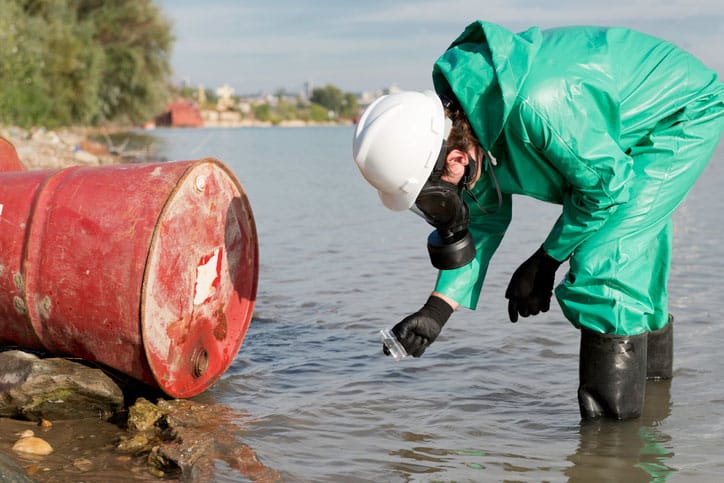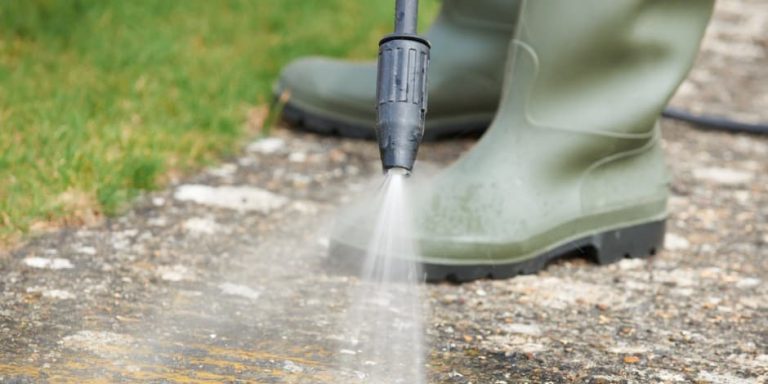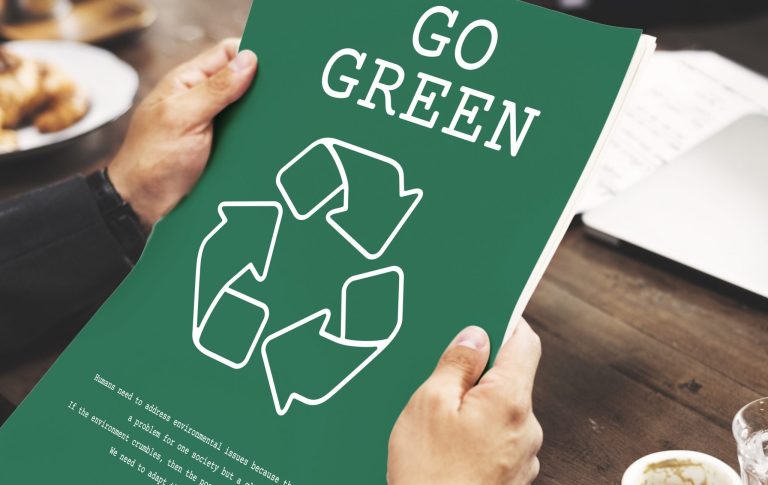
Power washing jobs are often perceived as simple and clean—but the reality is, when chemicals are involved, even a routine task can spiral into an environmental emergency if a spill occurs. Whether it’s a degreaser overflowing into a storm drain or a detergent accidentally dumped near a stream, chemical spills from power washing operations can cause serious ecological harm. 🌍⚠️
In this article, we’ll explore what constitutes a chemical spill in the context of power washing, how it impacts the environment, and—most importantly—how to respond swiftly and responsibly when things go wrong.
💥 What Is Considered a Spill in Power Washing?
In power washing, a “spill” isn’t just a massive chemical dump. It can include:
- Overfilled detergent tanks leaking into soil
- Soaps or surfactants flowing into storm drains
- Fuel leaks from equipment or trucks
- Accidental discharge into waterways or lawns
If any hazardous substance enters the environment, particularly near water, vegetation, or public infrastructure, it’s a spill—and must be treated as such. 🚫💧
🧪 Common Chemicals That Pose Environmental Risks
Some power washing jobs involve substances that are harmful in even small amounts:
- Surfactants – Can disrupt aquatic oxygen levels
- Phosphates – Cause algae blooms in waterways
- Chlorine bleach – Toxic to fish and soil microbiomes
- Degreasers and solvents – Contain volatile organic compounds (VOCs)
- Petroleum-based cleaners – Long-lasting pollutants in soil and water
- Diesel fuel or oil – From pressure washer leaks or generators
These substances can quickly contaminate groundwater, kill plants and wildlife, and even pose health risks to nearby humans or pets. 🐠☣️
🌍 Environmental Consequences of Uncontained Spills
When spilled chemicals from power washing jobs go uncontained, the environmental effects can include:
- Aquatic toxicity: Fish, frogs, and insects may die from even minor contamination
- Soil degradation: Microbial ecosystems are disrupted, reducing soil fertility
- Vegetation loss: Plants exposed to chemical runoff may yellow, wilt, or die
- Drinking water pollution: Contaminants can seep into underground aquifers
- Ecosystem imbalance: Overgrowth of algae, reduction in beneficial species
And in urban areas, chemicals that reach storm drains often flow untreated into nearby rivers—impacting areas far beyond the original job site.
🛑 Legal and Financial Risks
Environmental mishaps can lead to:
- EPA investigations
- Hefty fines from local and federal authorities
- Loss of operating licenses
- Negative media attention
- Lawsuits from property owners or environmental groups
Failing to report a spill may lead to more serious consequences than the spill itself. So it’s critical to be prepared—and proactive.
🧰 Essential Spill Response Protocols
Here’s how to respond quickly and responsibly when a chemical spill occurs on a power washing job site:
1. 🚨 Stop the Source Immediately
- Turn off all equipment
- Shut fuel valves or detergent tanks
- Isolate the area and stop further washing
Every second counts. Limit the flow before it spreads. ⏱️
2. 🧼 Contain the Spill
- Use spill berms, sandbags, or towels to form a barrier
- Prevent chemicals from reaching drains, grass, or waterways
- Cover storm drains with mats or booms
- Divert runoff to safe collection areas (like gravel or sump pits)
3. 🧪 Use Appropriate Absorbents
For water-based spills:
- Kitty litter
- Sawdust
- Biodegradable absorbent pads
For oil or fuel spills:
- Oil-specific pads or booms
- Commercial spill kits with granular absorbents
Always dispose of contaminated absorbents as hazardous waste.
4. 🧾 Document the Incident
- Take photos
- Record chemicals involved, estimated quantity, location
- Log weather conditions and time of spill
- Note who was present and actions taken
This documentation may be required for regulatory reporting or insurance.
5. 📞 Report If Required
Spills may need to be reported to:
- Local environmental agencies
- The fire department (for flammable or hazardous substances)
- The EPA (in significant cases)
When in doubt, call it in—delayed reporting is viewed as negligence. 📋
6. ♻️ Begin Cleanup and Restoration
- Remove contaminated soil or vegetation
- Clean storm drains or curbs
- Use eco-safe neutralizers where appropriate
- Restore any disturbed buffer zones or landscape features
If you’re not qualified, hire an environmental cleanup service. Don’t attempt DIY cleanup of dangerous chemicals.
📦 Prepare in Advance: Every Crew Needs a Spill Kit
Every power washing crew—whether residential or industrial—should carry:
- Spill containment booms or berms
- Absorbent pads or granules
- Neutralizing agents (as needed)
- Drain covers or mats
- Hazardous waste disposal bags
- Emergency contact list and MSDS sheets
A $150 spill kit can save you from a $15,000 fine. 💸🧃
🧠 Best Practices for Prevention
- Train staff on proper chemical handling and dilution
- Check equipment for leaks regularly
- Use low-toxicity, biodegradable cleaning agents
- Keep weather in mind (wind and rain spread spills fast)
- Maintain clear SOPs for every wash job, especially near sensitive areas
💬 Communicate with Property Owners
If a spill affects private property, inform the owner or manager immediately:
- Be transparent and take responsibility
- Explain steps taken to clean up
- Offer to cover damage or remediation if needed
Honesty builds trust—and may save your reputation. 🏠🤝
🧠 Final Thoughts
Power washing companies don’t intend to harm the environment—but even small spills can lead to big consequences. The key is to be prepared, act fast, and follow through with proper cleanup and reporting procedures.
Chemical spills are environmental emergencies. Treat them as such, and your business will not only stay compliant—it will become a leader in responsible cleaning practices. 🧯🌱
Clean safely. Spill responsibly. Protect the planet. ✅
Browse Amazon Here For Top Rated Power Washers And Accessories






